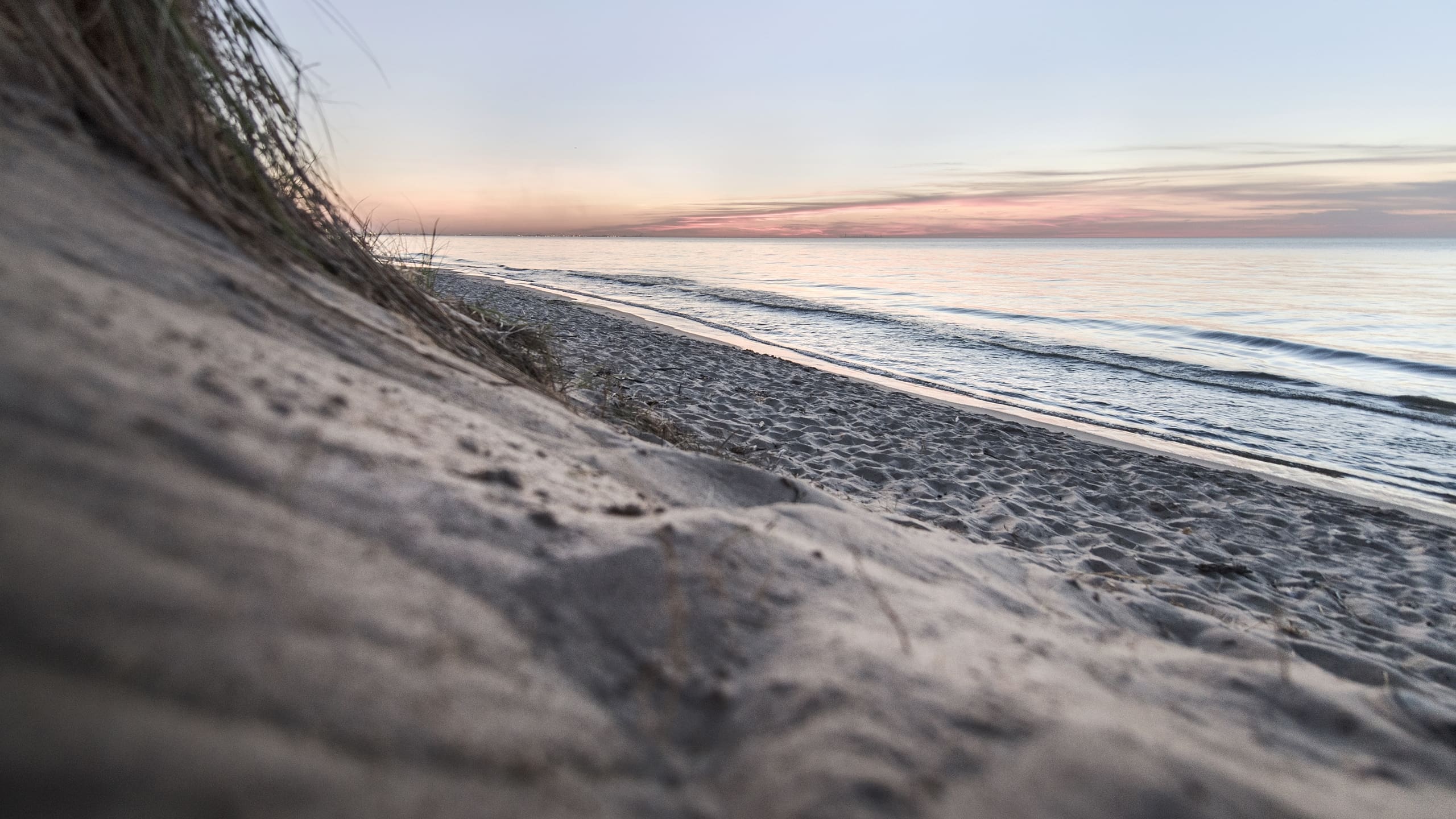About Indiana Dunes National Park
Indiana Dunes National Lakeshore (hereafter identified as the park) is in northern Indiana along the southern shore of Lake Michigan, between Gary and Michigan City, Indiana, approximately 50 miles southeast of Chicago. The more than 15,000 acres that comprise the park include 15 miles of Lake Michigan’s southern shore. It is made up of a series of noncontiguous tracts located in LaPorte, Porter, and Lake Counties and is near 15 cities and towns. Indiana Dunes State Park, Calumet Prairie State Nature Preserve, and Hoosier Prairie State Nature Preserve are located within the designated boundaries. They are owned and managed by the Indiana Department of Natural Resources.
The park is approximately 50 miles from Chicago, the third largest metropolitan area in the country, and draws nearly two million visitors each year. As a leading destination for recreation in the state, it offers many outdoor recreational amenities, such as hiking, bicycling, and horseback riding trails; campsites; beach access points; a visitor center; picnic tables and shelters; paddling locations; and interpretive programs. While many visitors come for recreation, the park also features many natural and historical resources. These include three dedicated Indiana state nature preserves, four national natural landmarks, one national historic landmark, and many historic structures, cultural landscapes, and archeological sites that are listed or eligible for listing in the National Register of Historic Places.
In contrast to these natural and historic features, the park surrounds three residential communities, abuts three major steel mills and two fossil fuel electricity-generating stations, includes three major railroads, numerous transmission lines, pipelines, two U.S. highways, one toll road, one interstate highway, and miles of roads and streets within or adjacent to its boundary. The proximity to vast urban, suburban, and rural settings creates an audience of tremendous scope and diversity.
In 1899, Henry Cowles, a botanist from the University of Chicago, brought international attention to the intricate ecosystems of the dunes with the publication of an article titled Ecological Relations of the Vegetation on Sand Dunes of Lake Michigan. The Prairie Club, including Cowles and others, pushed for creation of Sand Dunes National Park, but the attempt failed in Congress in 1916. In 1926, after a 10-year petition by the State of Indiana to preserve the dunes, the Indiana Dunes State Park opened to the public. The state park was relatively small in size and scope, and the push for a national park continued. In 1949, Dorothy Buell became involved with the Indiana Dunes Preservation Council. The efforts of Buell resulted in a Save the Dunes Council in 1952.
Save the Dunes Council began a nationwide membership and fundraising drive to buy land for preservation, despite efforts to further develop the area for economic activity. Their first success was the purchase of 56 acres in Porter County—the Cowles Tamarack Bog. The movement also gained congressional support through the work of then Illinois Senator Paul H. Douglas, who spoke to the public and Congress in a drive to save the dunes.
The long national campaign for creation of the park reflected an evolving environmental conscience within the American public. Thanks to the tireless efforts of Cowles, Buell, Douglas, and others, Indiana Dunes National Lakeshore was established by the U.S. Congress as a unit of the national park system (Public Law 89-761) on November 5, 1966, in order to “preserve for the educational, inspirational, and recreational use of the public certain portions of the Indiana Dunes and other areas of scenic, scientific, and historic interest and recreational value in the State of Indiana.”
Source: Foundation Document Overview – Indiana Dunes National Park
Fast Facts:
| Date the Park was Established: | February 15, 2019 |
| Park Area (as of 2019): | 15,349.08 acres (62.1 km2) |
| Recreational Visitors (2018 Total): | 1,756,079 visitors |

